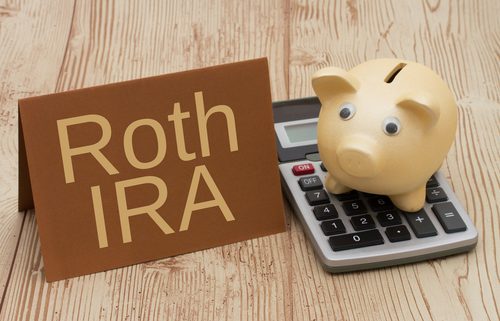Debunking Key Myths about the Self-Directed Roth IRA
Ready for a different kind of retirement plan? Then Self-Directed Roth IRA is a powerful tool that offers individuals the opportunity to take control of their financial future. However, misconceptions about Self-Directed IRAs can often lead to confusion, preventing people from fully understanding the benefits they provide. In this blog post, we have a singular goal: debunk some of the common myths surrounding Self-Directed Roth IRAs. This should help shed light on the true potential they hold for retirement investors.
Myth #1: Self-Directed IRAs Are Only for the Wealthy
Contrary to popular belief, Self-Directed Roth IRAs are not exclusive to the affluent. They are available to anyone who has earned income and meets the eligibility criteria. In fact, Roth IRAs often work better for people with middle class incomes, as Roth IRAs allow you to contribute a good portion of your money, but the upper limits are somewhat stilted. Many high-income earners often look to other strategies for investing for this reason.
Myth #2: Self-Directed Roth IRAs are Too Limited
One of the major advantages of Self-Directed Roth IRAs is the ability to invest in a wide range of alternative assets beyond the traditional stock and bond market. While you can certainly invest in stocks and bonds within a Self-Directed Roth IRA, you can also explore opportunities in real estate, precious metals, private stocks, and more. This opens up a world of possibilities for diversification and potentially higher returns, depending on how you invest.
Myth #3: Self-Directed IRAs Are Too Complicated to Manage
Some may be hesitant to consider a Self-Directed Roth IRA due to the misconception that they are overly complex to manage. Yes, it’s true: Self-Directed IRAs require a level of due diligence and understanding of investment options. But the process can be simplified with the guidance of a trusted custodian.
The Benefits of Self-Directed Roth IRAs
Self-Directed Roth IRAs offer several notable advantages that make them an attractive option for retirement planning. Firstly, contributions to a Self-Directed Roth IRA are made with after-tax dollars, meaning that you won’t pay taxes on qualified distributions in retirement. This can potentially save you a significant amount of money in the long run, especially if you plan on having a lot of money in retirement.
Next, Self-Directed Roth IRAs provide the freedom to invest in alternative assets. By diversifying your retirement portfolio with real estate, precious metals, private notes, and more, you can potentially reduce risk and take advantage of different investment opportunities that align with your financial goals. Or you can focus on a specific asset class that you know well—the choice is really up to you when you use self-direction.
Exploring Alternative Investment Opportunities
Within a Self-Directed Roth IRA, the investment possibilities are myriad. Real estate investing is a popular choice, as it offers the potential for rental income and property appreciation. Investing in precious metals can provide a hedge against inflation and economic uncertainty. Private notes offer the opportunity to earn interest from loans made to individuals or businesses. Private equity investments allow you to participate in the growth potential of non-publicly traded companies. The keys to making it all work? Conduct thorough research, seek expert advice when needed, and make informed investment decisions based on your risk tolerance and long-term objectives.
Debunking the myths surrounding Self-Directed Roth IRAs is crucial to understand the true potential and benefits they can provide for retirement planning. But if you want to debunk myths for yourself, it may be time to get started on your own Self-Directed Roth IRA journey.
Interested in learning more about Self-Directed IRAs? Contact American IRA, LLC at 866-7500-IRA (472) for a free consultation. Download our free guide or visit us online at www.AmericanIRA.com.









